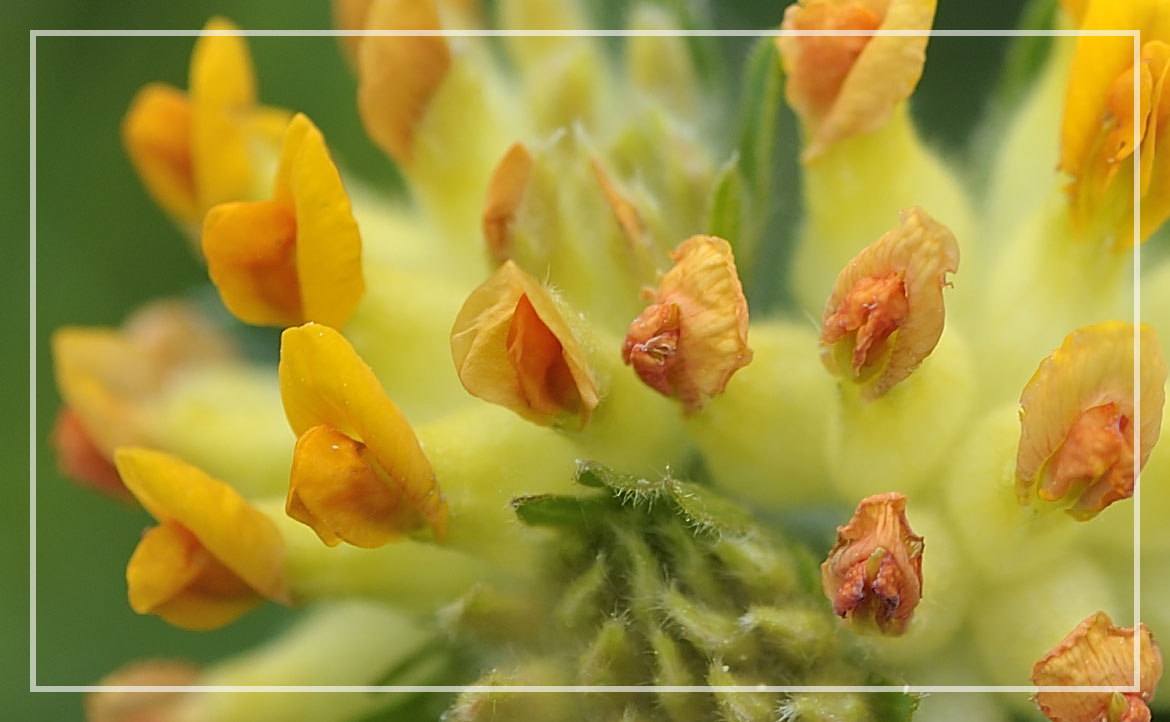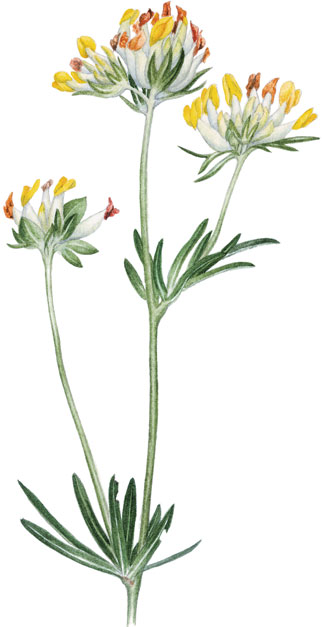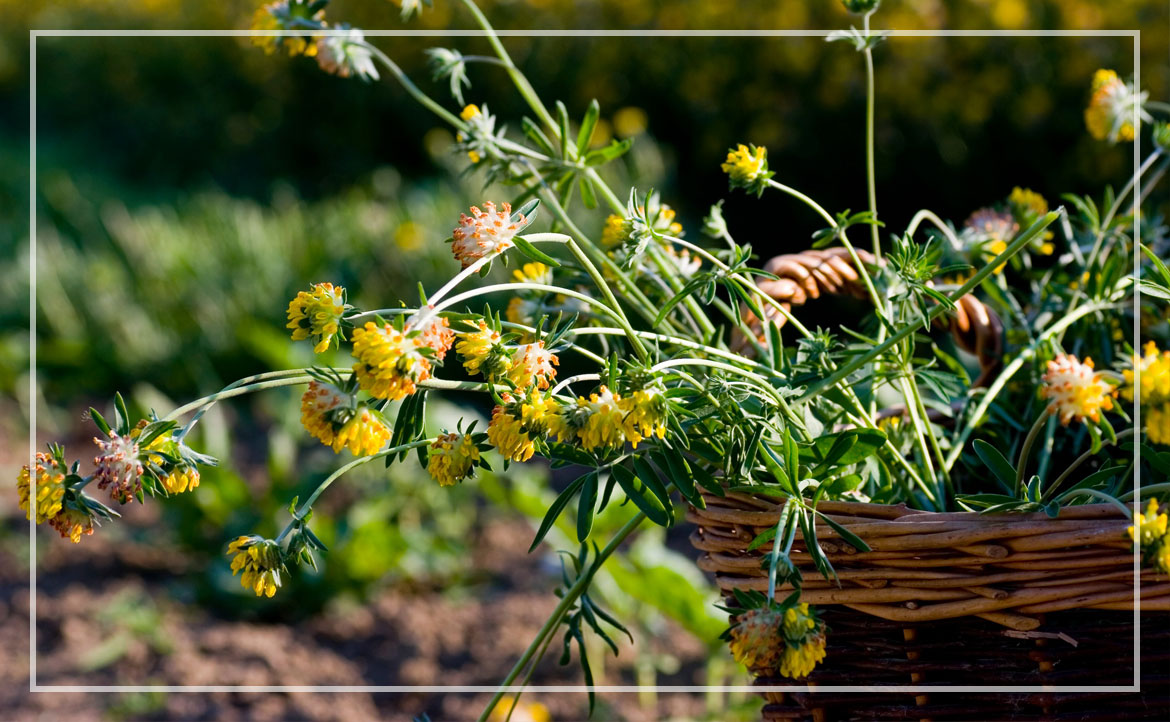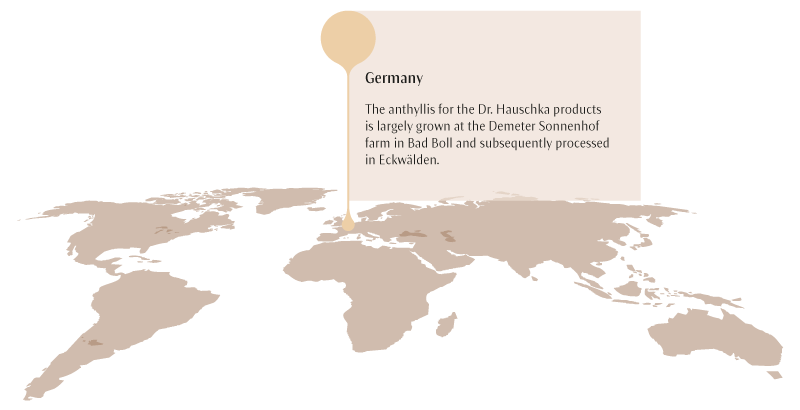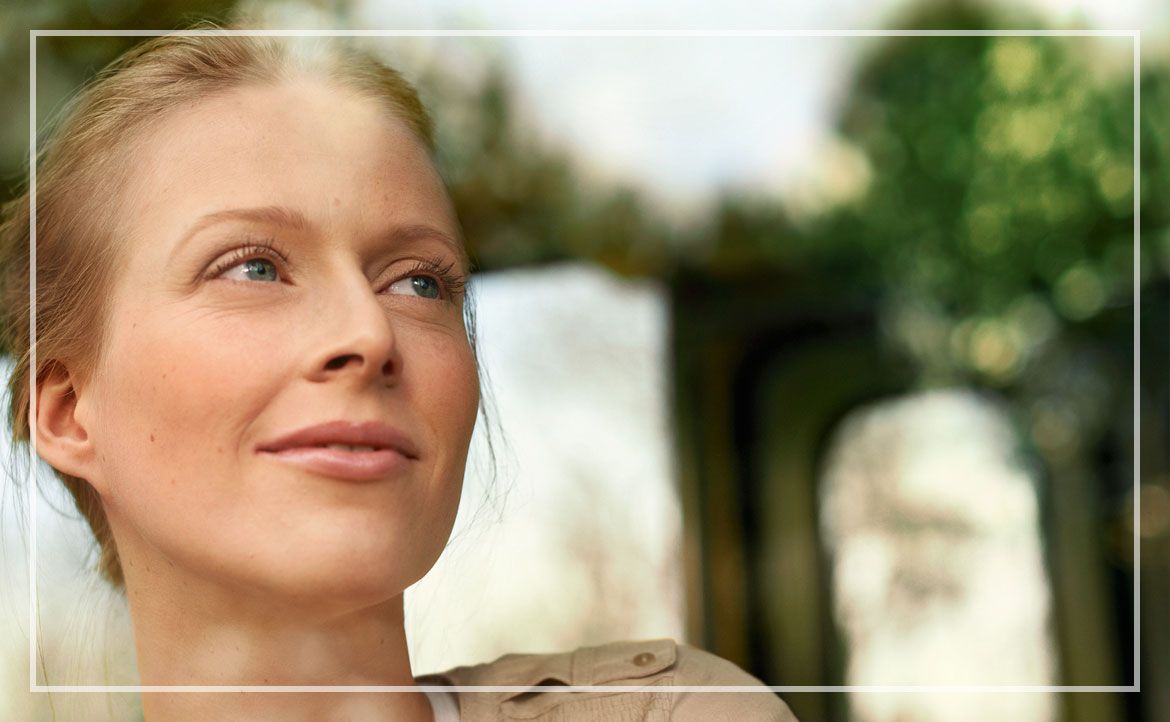Plant profile
In its first year of growth, anthyllis forms a lush green rosette of leaves at ground level. Only in the second year do flower stems then grow from these, reaching heights of up to 90 cm and becoming densely covered in flowers from April to June. Stand by an anthyllis field on a warm day and you will hear the clear hum of insects as swarms of bees and butterflies visit the nectar-rich flowers.
Each anthyllis head is made up of multiple long petals, surrounded by a green crown of leaves. Unlike other species in the plant kingdom, the individual flowers never open up fully; instead, they form a cup in which nectar can collect. This can only be reached by insects with a long proboscis. The sepals, with their silky-soft hairs, surround the individual flowers like a circular shell that seems to care for and protect them. The individual tubular flowers only gradually wither and turn orangey brown. From a distance, you appear to be looking at a huge sea of radiantly bright, yellowish-orange flowers.
The chalk-loving plant is found on fallow fields and meadows, by the wayside and on sunny slopes, but never where the soil is over-fertilised.

















